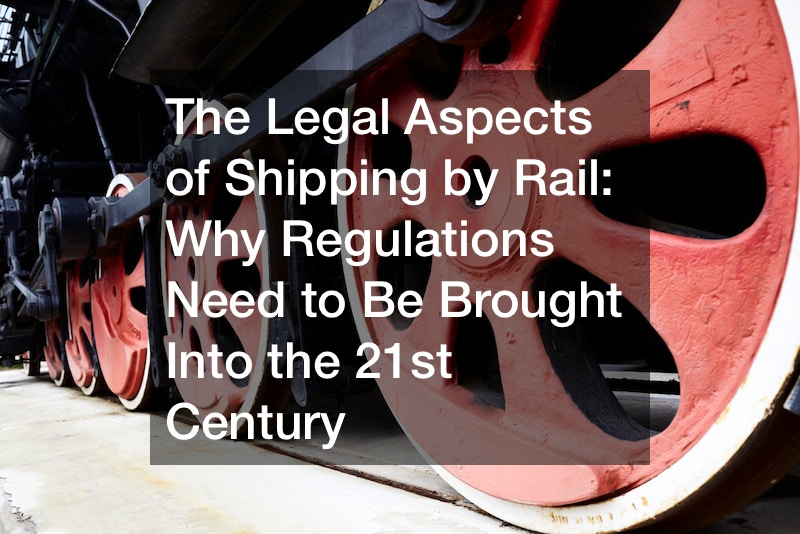The refrigerator cars are cars that have cooling equipment that cool cargo and can also be used to transport food products that are frozen or perishable. Flatbed cars – as their name suggests, flatbed cars are designed to carry bulky unruly cargos like poles and pipes, logs, lumber , and intermodal shipping containers. Hoppers may be utilized to transport unloading loose items. Cars that are closed or open are loaded at the top with doors that are located on the sides or bottom, mostly transporting sugar, corn and various other grains. fertiliser, coal and metal salt, or ores as well as sand. Tank cars are made for liquids such as water, petroleum, oils, and liquid hydrogen. Gondolas, which are open-topped automobiles that have low sides that can hold massive cargo such as railroad ties or rail tracks with high sides, are designed to transport heavy goods which include scrap metal and gravel. These vehicles do not have doors, and they must be removed manually. Cars designed specifically for special purposes – They are able to transport motor vehicles, ballast, aggregate and items of a different kind. Transloading and Cross-Docking
Today, freight is usually moved from one transport mode in the process of transloading, also known as cross docking. Cross-docking is when the inbound freight is removed from one vehicle, held briefly before being loaded onto another. Transloading happens when the inbound cargo is unloaded, and then sorted into new pallets that are used for outbound shipping. Both of these methods permit consolidation of smaller shipment, which can lower costs and boost efficiency. Both methods must conform to the rules of the country in where the shipment passes. This is one of the main legal considerations of shipping.
u3bn1tijc9.
